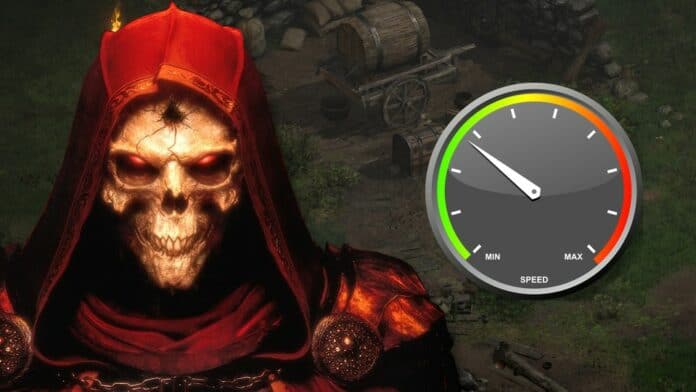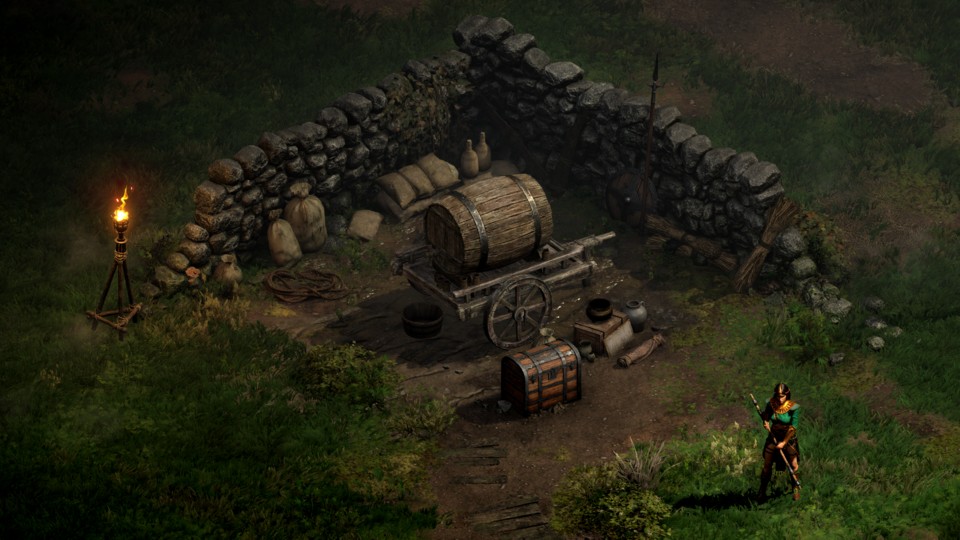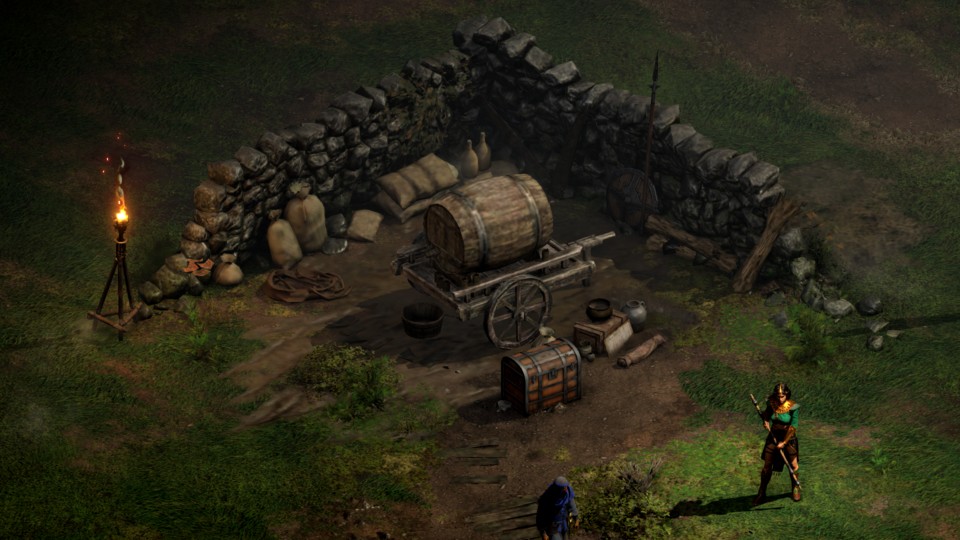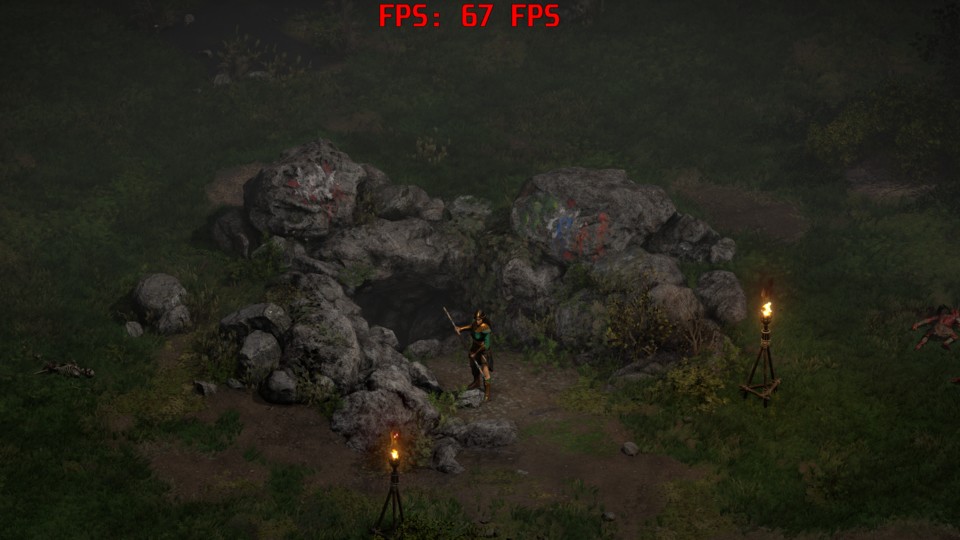We’ve taken a closer look at the performance of Diablo 2 Resurrected and tell you how much hardware power the remake of the classic game demands.
It has been over twenty years since Diablo 2 was released. The freshly released remaster Diablo 2: Resurrected therefore has plenty of room for technical improvement. We use benchmarks to check how this affects performance.
We show you how big the graphical differences are between the old and the new version in the following comparison video. Whether Diablo 2 as a remaster in the year 2021 can also convince in terms of gameplay is clarified at the same time in our detailed test of Resurrected.
Table of Contents
The official system requirements as a basis
To check how demanding Diablo 2 Resurrected is in terms of PC performance, we have run benchmarks using the officially recommended hardware. Blizzard lists the following components for playing in Full HD (without specifying a frame rate):
- Processor: Intel Core i5 9600K / AMD Ryzen 5 2600
- Graphics card: Nvidia Geforce GTX 1060 / AMD Radeon RX 5500 XT
- Memory: 16.0 GB RAM
- Free hard disk space: 30 GByte
Our first test system appropriately relies on the Ryzen 5 2600 and RX 5500 XT. Since Blizzard doesn’t specify the VRAM, we measured with both 4.0 and 8.0 GB.
As a second PC, we also use a much faster system that relies on components from Intel and Nvidia. More precisely, the Core i9 10900K and the Geforce RTX 2080 Super are used.
Special features of the graphics options: There are five presets, but you have to manually adjust the texture options in our review version, otherwise they always remain at “Medium”. Two options also have an “Ultra” level, more precisely the VFX light quality and transparency quality. In terms of visuals and performance, however, we have hardly noticed any differences so far.
Diablo 2 Resurrected: Benchmarks
Diablo 2 Resurrected: Bloodmoor
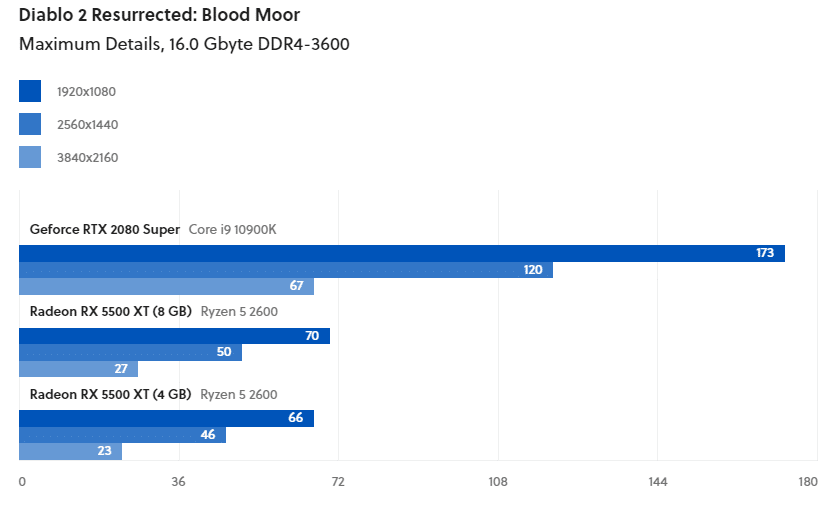
Dungeon
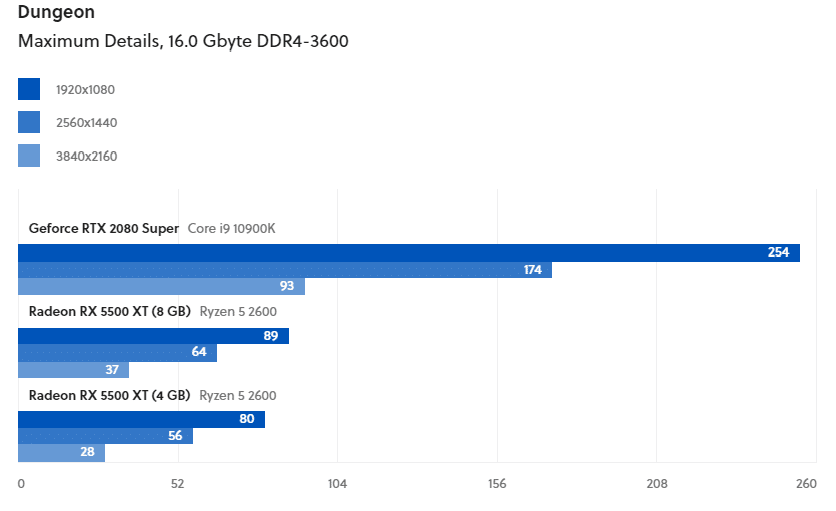
Our measurements show that Blizzard’s official system requirements are quite aptly chosen. In the benchmark sequence in Bloodmoor, we get around 65 to 70 FPS in Full HD at maximum details. This also applies to the combination of RX 5500 XT with only 4.0 GByte VRAM and PCI Express 3.0 with only eight lanes (standard are 16 lanes).
The RTX 2080 Super still achieves this performance together with the Core i9 10900K even in very high 4K resolution. Overall, however, the game’s demands are too high for our taste when measured against the visuals. Possibly, the constant switch to the old version, which is always running in the background, plays a role here.
At the same time, the FPS in Diablo 2: Resurrected generally fluctuate quite strongly depending on the scene, as the additional measurements in a dungeon also show. There, less of the game world has to be displayed, so the frames per second are a bit higher. If, on the other hand, there are a lot of enemies on the screen and a lot of effects, they can be a good deal lower.
Minimal vs. maximum details
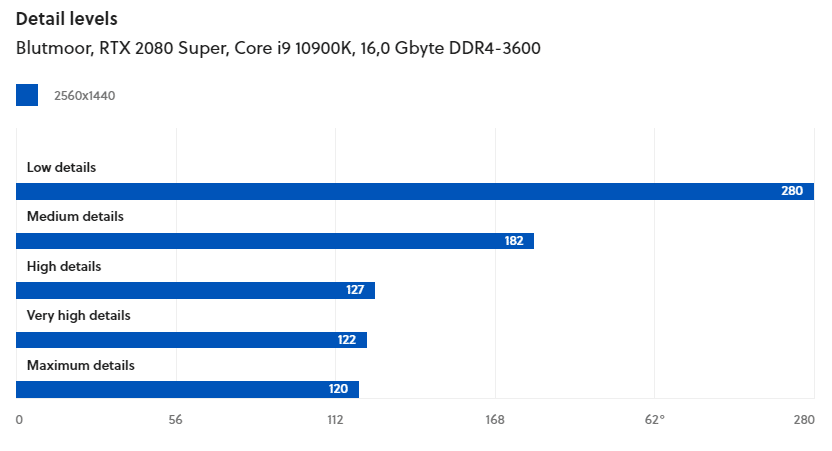
If your PC doesn’t manage enough FPS, the graphics options certainly offer tuning potential, but only from the middle level onwards. Before that, the FPS gains are very small.
As the visual comparison between the highest and lowest level shows, the graphical differences are limited. However, since the texture quality in particular suffers significantly at the lowest level, we recommend the medium level to ensure more FPS.
Old vs. new: from 1,000 FPS to 60 FPS
Let’s take a quick look at how big the technical differences are between the original and the remaster. This is not only evident in the graphics, but also in the performance.
While our fast PC with RTX 2080 Super reaches around 60 frames per second with the new visuals in 4K and maximum details, as can also be seen in the benchmarks, we crack the 1,000 FPS mark in the old version. However, the maximum adjustable resolution here is also 800×600, which reduces the amount of pixels to be displayed from 8.3 million to about 0.5 million.
What hardware do you need for smooth FPS?
Our benchmarks allow a rough answer to this question. We refer to the different performance classes of graphics cards and processors.
Since the CPU is only demanded very little in Resurrected, it plays a subordinate role. Even the low-end models should be sufficient, with a model from the entry-level class you are definitely on the safe side (from Ryzen 1000, Ryzen 3 or Core i 3000/2000, Core i5).
Depending on the resolution and the targeted 60 FPS, the graphics cards should be these models:
- Full HD: from performance class 10 (among others GTX 1060 and RX 5500 XT)
- WQHD: from performance class 7 (including RTX 2060 and RX Vega 64)
- 4K: from performance class 4 (including RTX 2080 Super and RX 6700 XT)
At the end of the day, 60 FPS are not really necessary for enough gaming fun in Diablo 2 Resurrected. If you can make do with fewer frames per second and reduce the details if necessary, you should be able to get by with one of the low-end models.

